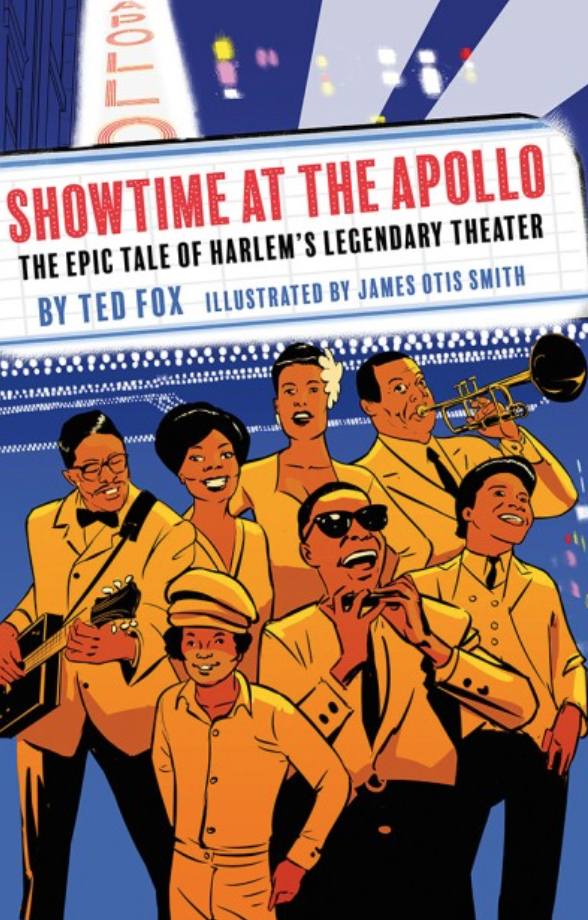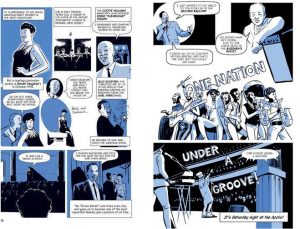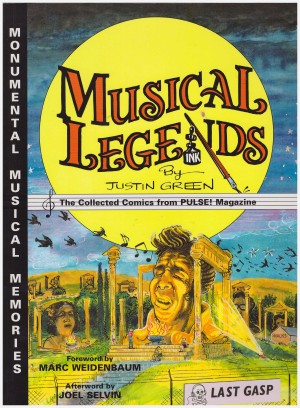Review by Frank Plowright
The Apollo Theater opened in 1934, and like any institution around for that long it’s had ups and downs, but has consistently showcased the best of African-American music to the predominantly African-American community in New York’s Harlem district. In 1983 Ted Fox first published his history of the venue as it re-opened, restored after years of neglect, and he’s updated the book several times since. What makes Fox’s accounting definitive is his diligence in accessing people who’re not household names as well as the A-listers who played at the Apollo, and we share his absolute joy as he discovers the recollection tap turned on. Beginning with Dionne Warwick, performers almost queue up to tell Fox what the Apollo meant to them as attendees and as stars. To those who still remember a pre-1960s segregated society the importance is often in terms of the Apollo being a landmark for African-Americans from across the USA as a beacon of quality that legitimised acts. As we learn, though, there’s so much more to it than that.
Although run as a business, Fox brings out how the Apollo was embedded in the Harlem community from the very beginning, generating much goodwill in tougher times, and how in a cutthroat world Frank Schiffman’s nous and attention to detail ensured success. His management is a subject where so many people have an opinion Fox can present contradictory quotes giving a full picture. Almost the entire book is built around quotes, Fox enabling the people who were there to exalt in the often surprising details, and crucially, he doesn’t restrict his interviews to performers. Doll Thomas worked in Harlem theatres from the 1920s onward, and his recollections are precise and invaluable.
Because the same people are quoted in many different contexts, James Otis Smith provides small labelled illustrations clarifying whose words are being used. He’s a very good artist, bringing people, performances and places to life despite relying heavily on photographic reference, but as James Brown looking like Cliff Richard on the cover shows, he’s not the best at capturing a likeness. However, those work in context, as does the art being restricted to black, white and a blue verging on grey.
The main continuity takes takes the Apollo to its 1980 closure with a memorable Parliament/Funkadelic performance, while an afterword brings us up to date. There’s barely a page without a talking point, and Fox and Smith place everyone so well within their era. A few accepted falsehoods and myths are corrected along the way, yet some legends are left be because every theatre has some illusion about it. It may be celebrity stories that attract a reader to Showtime at the Apollo, and they’re good, but what will captivate is the constant stream of fascinating detail about procedure, about social context and background personalities. It’s a unique glimpse into an era when entertainment options were limited, and subsequently how the theatre coped with widespread television, cemented by in-depth research, and artistic attention to detail. Fox’s original book remains the gold standard, but this is one hell of a good contraction.





